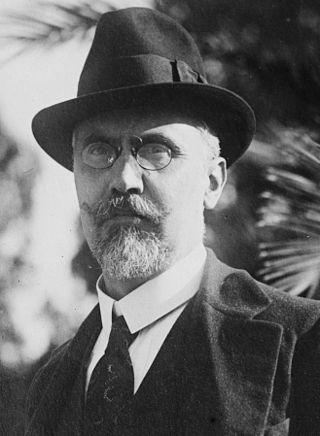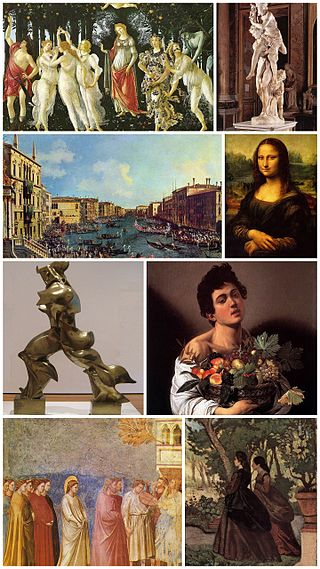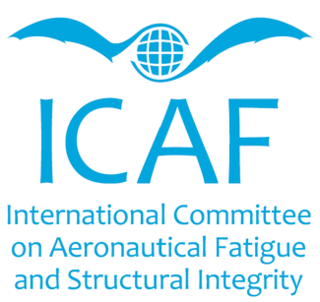
Fascism is a far-right, authoritarian, ultranationalist political ideology and movement, characterized by a dictatorial leader, centralized autocracy, militarism, forcible suppression of opposition, belief in a natural social hierarchy, subordination of individual interests for the perceived good of the nation or race, and strong regimentation of society and the economy.

Ivanoe Bonomi was an Italian politician and journalist who served as Prime Minister of Italy from 1921 to 1922 and again from 1944 to 1945.
Society for Industrial and Applied Mathematics (SIAM) is a professional society dedicated to applied mathematics, computational science, and data science through research, publications, and community. SIAM is the world's largest scientific society devoted to applied mathematics, and roughly two-thirds of its membership resides within the United States. Founded in 1951, the organization began holding annual national meetings in 1954, and now hosts conferences, publishes books and scholarly journals, and engages in advocacy in issues of interest to its membership. Members include engineers, scientists, and mathematicians, both those employed in academia and those working in industry. The society supports educational institutions promoting applied mathematics.

Giuseppe Pagano was an Italian architect, notable for his involvement in the movement of rationalist architecture in Italy up to the end of the Second World War. He designed exhibitions, furniture and interiors and was an amateur photographer. He was also a long-time editor of the magazine Casabella.

Italian fascism, also classical fascism and Fascism, is the original fascist ideology, which Giovanni Gentile and Benito Mussolini developed in Italy. The ideology of Italian Fascism is associated with a series of political parties led by Mussolini: the National Fascist Party (PNF), which governed the Kingdom of Italy from 1922 until 1943, and the Republican Fascist Party (PFR), which governed the Italian Social Republic from 1943 to 1945. Italian fascism also is associated with the post–war Italian Social Movement (MSI) and later Italian neo-fascist political organisations.

Volta Mantovana is a comune (municipality) in the Province of Mantua in the Italian region Lombardy, located about 120 kilometres (75 mi) east of Milan and about 20 kilometres (12 mi) northwest of Mantua.

Adolf Busemann was a German aerospace engineer and influential Nazi-era pioneer in aerodynamics, specialising in supersonic airflows. He introduced the concept of swept wings and, after emigrating in 1947 to the United States under Operation Paperclip, invented the shockwave-free supersonic Busemann biplane.

Onorato Damen, was an Italian left communist revolutionary who was first active in the Italian Socialist Party and then the Communist Party of Italy. After being expelled, he worked with the organized Italian left, became one of the leaders of the Internationalist Communist Party, commonly known by their paper Battaglia Comunista.

The history of Estonia from 1918 to 1940 spanned the interwar period from the end of the Estonian War of Independence until the outbreak of World War II. It covers the years of parliamentary democracy, the Great Depression and the period of corporatist authoritarian rule.
The Lunar and Planetary Science Conference (LPSC), jointly sponsored by the Lunar and Planetary Institute (LPI) and NASA Johnson Space Center (JSC), brings together international specialists in petrology, geochemistry, geophysics, geology, and astronomy to present the latest results of research in planetary science. Since its beginning in 1970, the LPSC has been a significant focal point for planetary science research, with more than 2000 planetary scientists and students attending from all over the world.

Jakob Ackeret, FRAeS was a Swiss aeronautical engineer. He is widely viewed as one of the foremost aeronautics experts of the 20th century.

Fascist movements in Europe were the set of various fascist ideologies which were practiced by governments and political organizations in Europe during the 20th century. Fascism was born in Italy following World War I, and other fascist movements, influenced by Italian Fascism, subsequently emerged across Europe. Among the political doctrines which are identified as ideological origins of fascism in Europe are the combining of a traditional national unity and revolutionary anti-democratic rhetoric which was espoused by the integral nationalist Charles Maurras and the revolutionary syndicalist Georges Sorel.
The 1934 Montreux Fascist conference, also known as the Fascist International Congress, was a meeting held by deputies from a number of European Fascist organizations. The conference was held on 16–17 December 1934 in Montreux, Switzerland. The conference was organised and chaired by the Comitati d'Azione per l'Universalità di Roma.

Benito Amilcare Andrea Mussolini was an Italian dictator who founded and led the National Fascist Party (PNF). He was Prime Minister of Italy from the March on Rome in 1922 until his deposition in 1943, as well as Duce of Italian fascism from the establishment of the Italian Fasces of Combat in 1919 until his summary execution in 1945 by Italian partisans. As dictator of Italy and principal founder of fascism, Mussolini inspired and supported the international spread of fascist movements during the inter-war period.
The Cranfield experiments were a series of experimental studies in information retrieval conducted by Cyril W. Cleverdon at the College of Aeronautics, today known as Cranfield University, in the 1960s to evaluate the efficiency of indexing systems. The experiments were broken into two main phases, neither of which was computerized. The entire collection of abstracts, resulting indexes and results were later distributed in electronic format and were widely used for decades.

The 1700s refers to a period in Italian history and culture which occurred during the 18th century (1700–1799): the Settecento. The Settecento saw the transition from Late Baroque to Neoclassicism: great artists of this period include Vanvitelli, Canaletto and Canova, as well as the composer Vivaldi and the writer Goldoni.

The International Committee on Aeronautical Fatigue and Structural Integrity (ICAF) was initiated by Dr. Ir. Frederik Plantema, head of the Structures and Materials Department of the National Aeronautical Research Institute (NLL) in Amsterdam, the Netherlands in 1951. Dr. Plantema proposed international collaboration in the field of aeronautical fatigue in response to growing concerns regarding fatigue problems in metal aircraft structures. The first conference of the International Committee on Aeronautical Fatigue (ICAF) was held in Amsterdam in 1952, with participants from the Netherlands, United Kingdom, Sweden, Belgium and Switzerland. ICAF soon got a significant influence on the fatigue research in a large part of the world by suggesting the urgent problems to be studied and joining the efforts of many laboratories in different countries. It is an informal organization that consists of the General Secretary and the National Delegates from the (now) seventeen member countries. In 2010 the name was changed to the present one in order to clarify that the scope of the committee had broadened and now also includes topics such as damage formation and growth in composite structures, structural health and loads monitoring, probabilistic modeling of structural integrity, corrosion control, etc. The acronym ICAF was maintained.

Anti-fascism is a political movement in opposition to fascist ideologies, groups and individuals. Beginning in European countries in the 1920s, it was at its most significant shortly before and during World War II, where the Axis powers were opposed by many countries forming the Allies of World War II and dozens of resistance movements worldwide. Anti-fascism has been an element of movements across the political spectrum and holding many different political positions such as anarchism, communism, pacifism, republicanism, social democracy, socialism and syndicalism as well as centrist, conservative, liberal and nationalist viewpoints.

The Kingdom of Italy was governed by the National Fascist Party from 1922 to 1943 with Benito Mussolini as prime minister and dictator. The Italian Fascists imposed totalitarian rule and crushed political opposition, while promoting economic modernization, traditional social values and a rapprochement with the Roman Catholic Church.

Raffaello Riccardi was an Italian Fascist politician. He was the minister for Exchanges and Currencies of the Kingdom of Italy from October 1939 to February 1943.
















